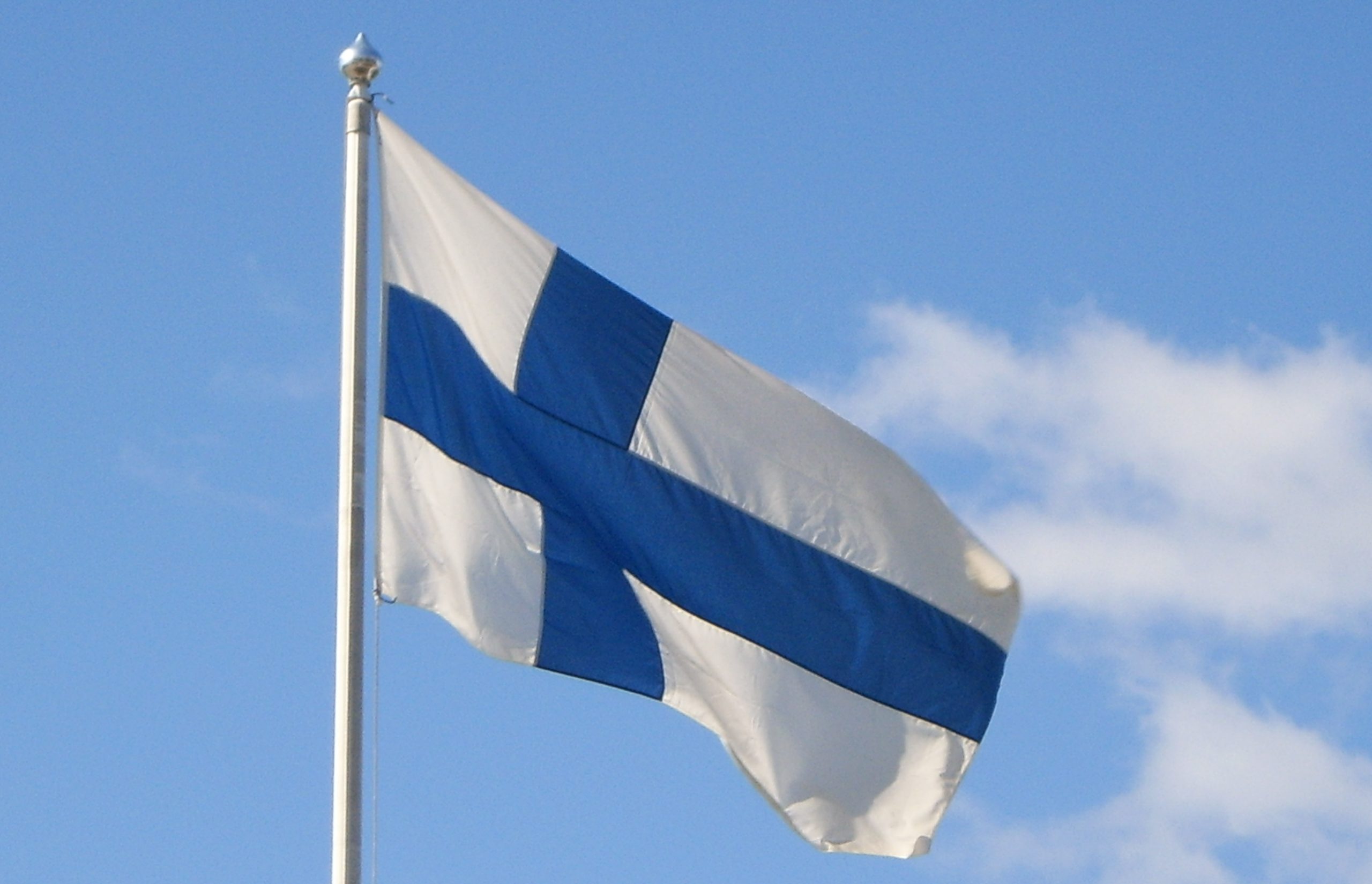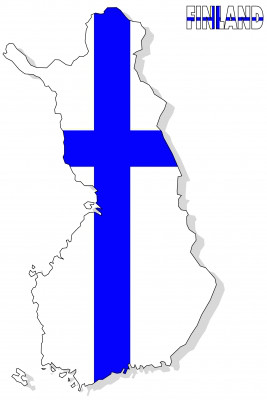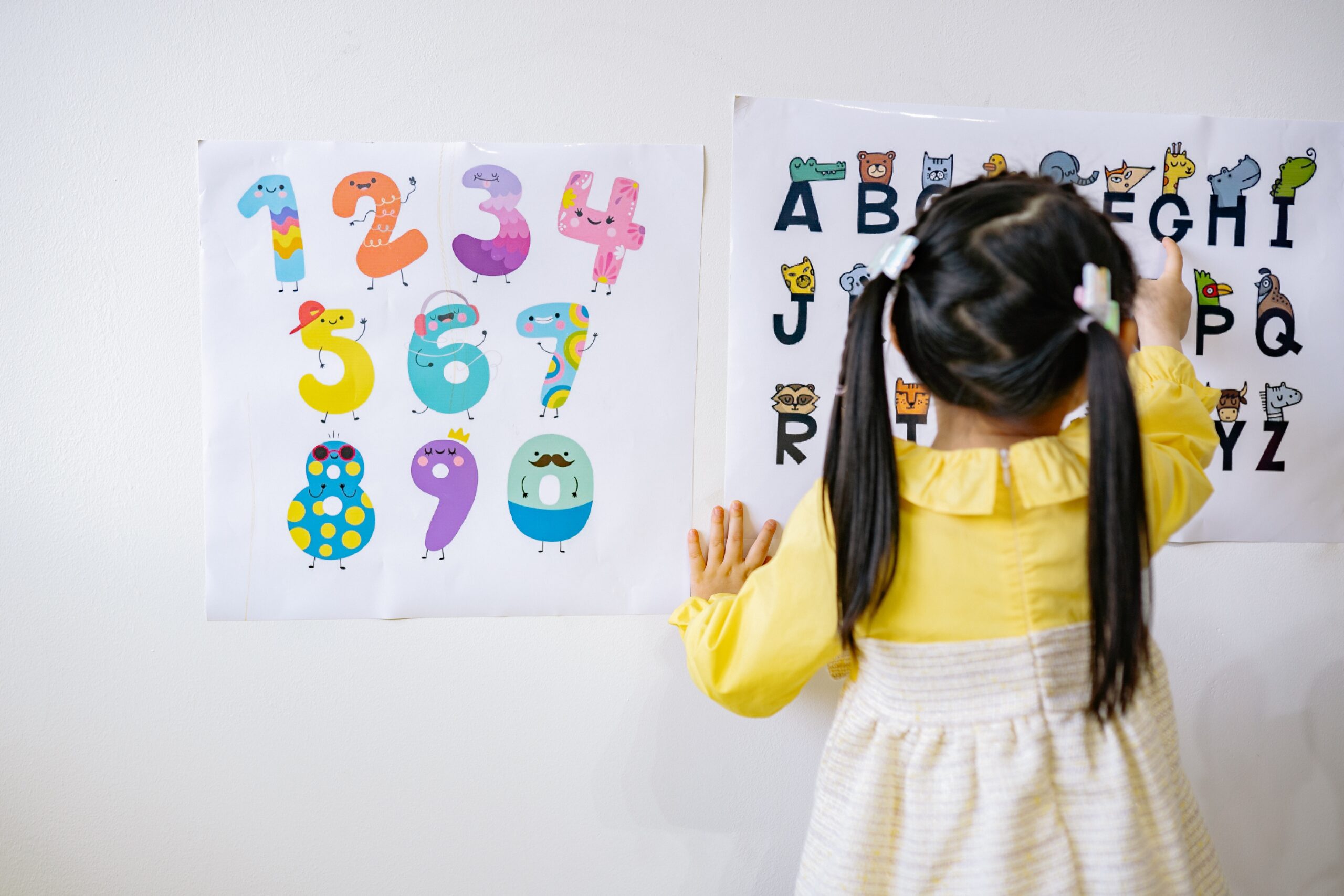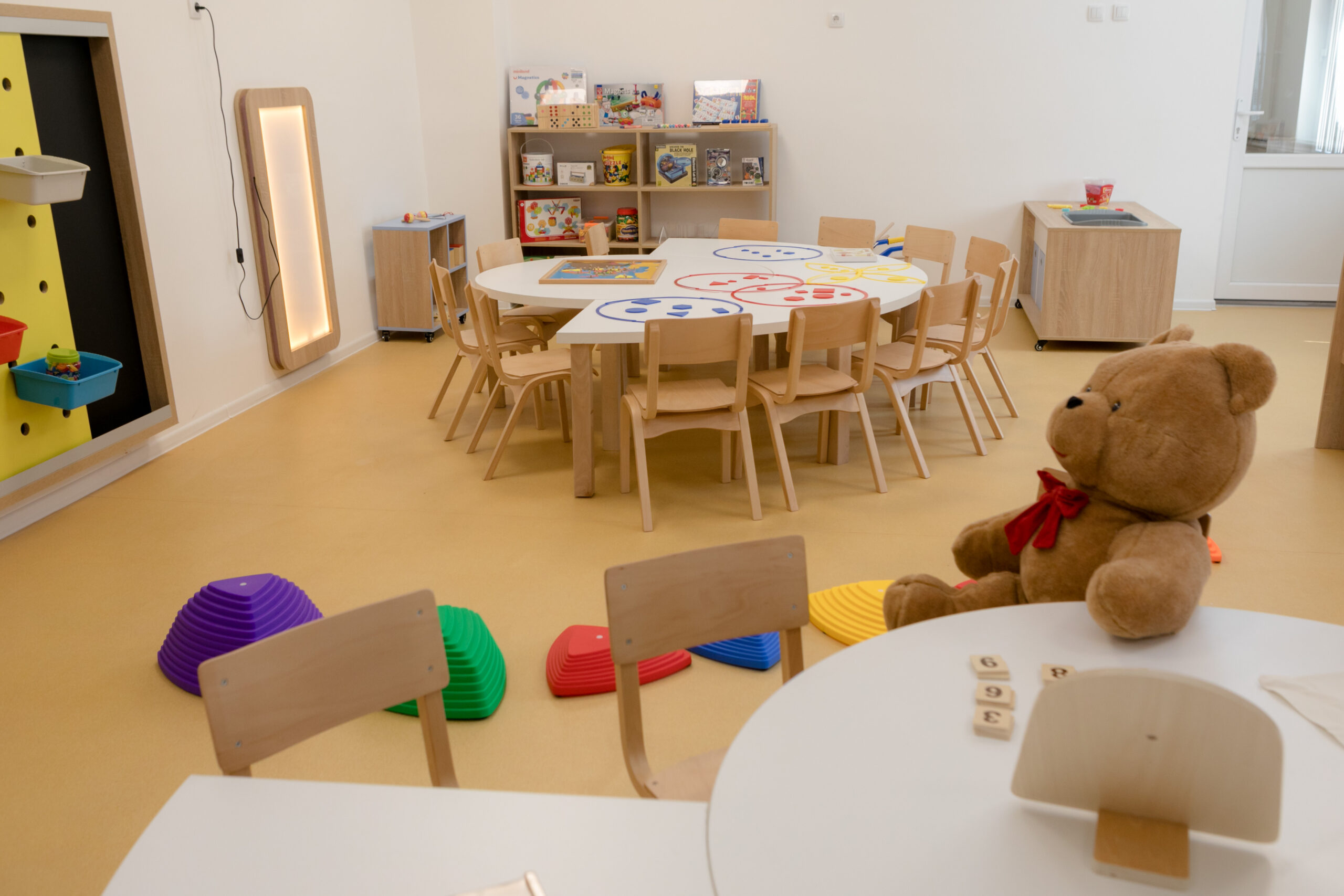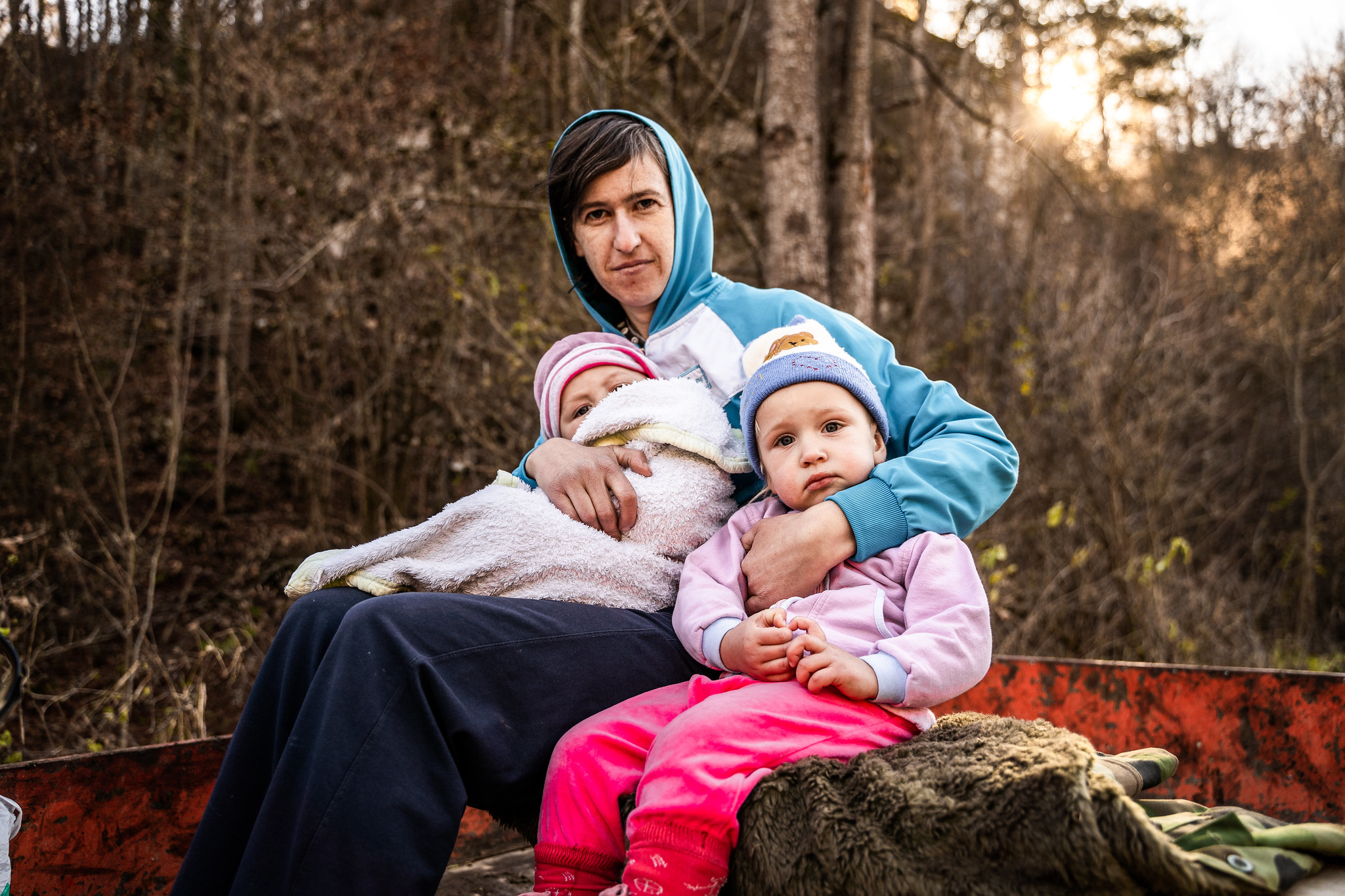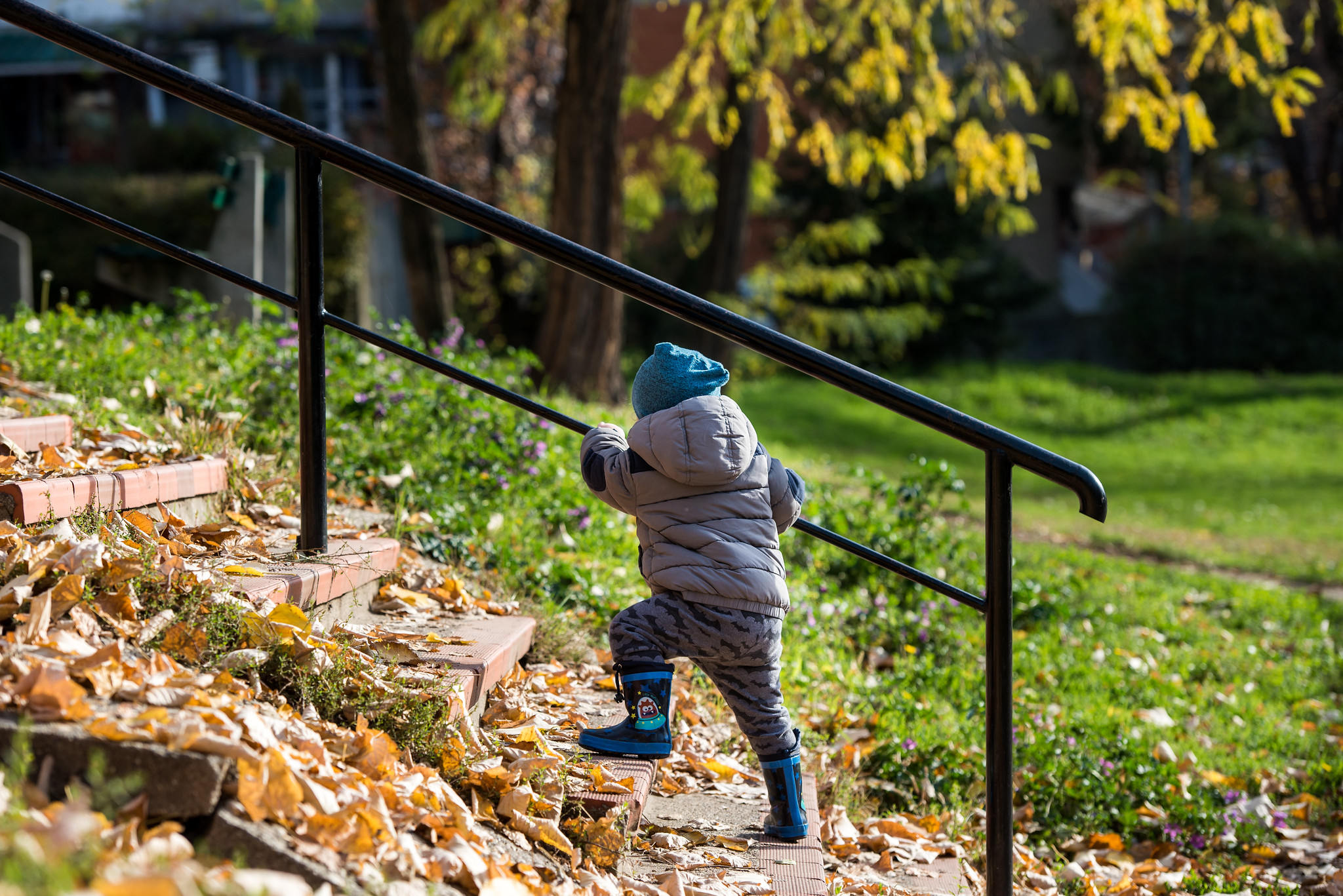In all this talk of some of the best Early Year’s approaches to education, one thing struck me”¦ all of the schools of thought that I have looked at so far tend to run independently of mainstream education in all the countries in which they are present.
They are minority educational approaches which tend to only be available to parents willing and able to pay for these more specialised educational services. This got me thinking. What about countries with superb state education of their own?
The Finnish education system is consistently touted as one of the best in the world. So what is it about this state system of education that makes it so successful? Program for International Student Assessments (PISA) in 2009 have Finland scoring top in science and second in reading and maths. To provide some context to this, the USA scored 25th in the list of industrialised nations. But is it not just results in which the Finnish education system excels; 93% of Finnish students graduate from their educational system. As an interesting aside, this is also achieved at a 30% lower cost per student than the US education system spends. (1) The results speak for themselves but what is it about this state system of education which is so successful? Clearly, it can be achieved without purely throwing money at the problem.
The overwhelming impression I got, when researching this article is just how much of a commitment there is in Finland to providing high quality education for all and a real belief and investment in the future of their children. Coupled with a hugely egalitarian approach to life and society, (visible in their high taxes and sense of social responsibility), it seems to instill not only a lack of competition between schools but a collective drive for them all to succeed. This is not to say that pupils aren’t challenged or that ambitions aren’t high, but there are no failing schools, no ghettos, no postcode lottery which sees the “have’s” moving into increasingly expensive areas at the expense of the “have-nots” who are stuck with a mediocre (at best) school with demotivated parents, pupils and staff.
Teachers are hugely respected in Finland. Only the top 10% of graduates are recruited and they must study for five years to reach a masters level degree which is in part subsidised by the government. Once a teacher, there is great focus on professional development within the job to negate complacency and encourage reflective practice. As a teacher, I know how important this is for standards to remain high.
The schools have a great deal of autonomy and the teachers and management system of each school are trusted to serve their community according to their needs. Teachers are professional educators, not politicians. Quality teachers and schools know what is right for their children and their professional judgement should be respected.
Surprisingly, given Finland’s impressive results, students spend fewer hours in the classroom and there is no standardised testing until the age of about 16. Students are not taught in a culture where the only incentive to learning is to pass tests and teachers spend their time educating, not teaching students to simply pass the tests. Additionally a huge amount of importance is placed on the outdoors, practical learning and physical education. The concept of “balance“ is central to their ethos.
Languages are an important feature of the Finnish curriculum and are systematically introduced with some pupils starting to learn their fourth language at the age of 14. I will discuss the importance of languages in a later post, but suffice to say, this forward thinking approach is hugely impressive.
Small class sizes are a feature of Finnish schools and no child is left behind due to a diligent system of extra tuition and extra teachers in the classroom to support those who need it. It is so important for any child struggling to receive help as soon as possible before the gap widens. This child centred approach to education recognises that one size doesn’t fit all.
Children start school at seven. I find this such an interesting concept because, in my experience there are many children able and ready to start a more formal approach to education much earlier and indeed who thrive on it. This is not to say that there is not educational provision for the under-sevens in Finland however and I will examine their approach to pre-school education in particular next week.
To see an education system so in touch with the national psyche and so committed to ALL of its children is very inspiring. I find what works in each education system and in each country, each with its own differing cocktail of needs and requirements fascinating. What do you think?
Check out this BBC examination of the Finnish school system:
1) Figures from this article in The Guardian http://www.theguardian.com/commentisfree/2013/feb/15/us-education-reform-lessons-from-finland

